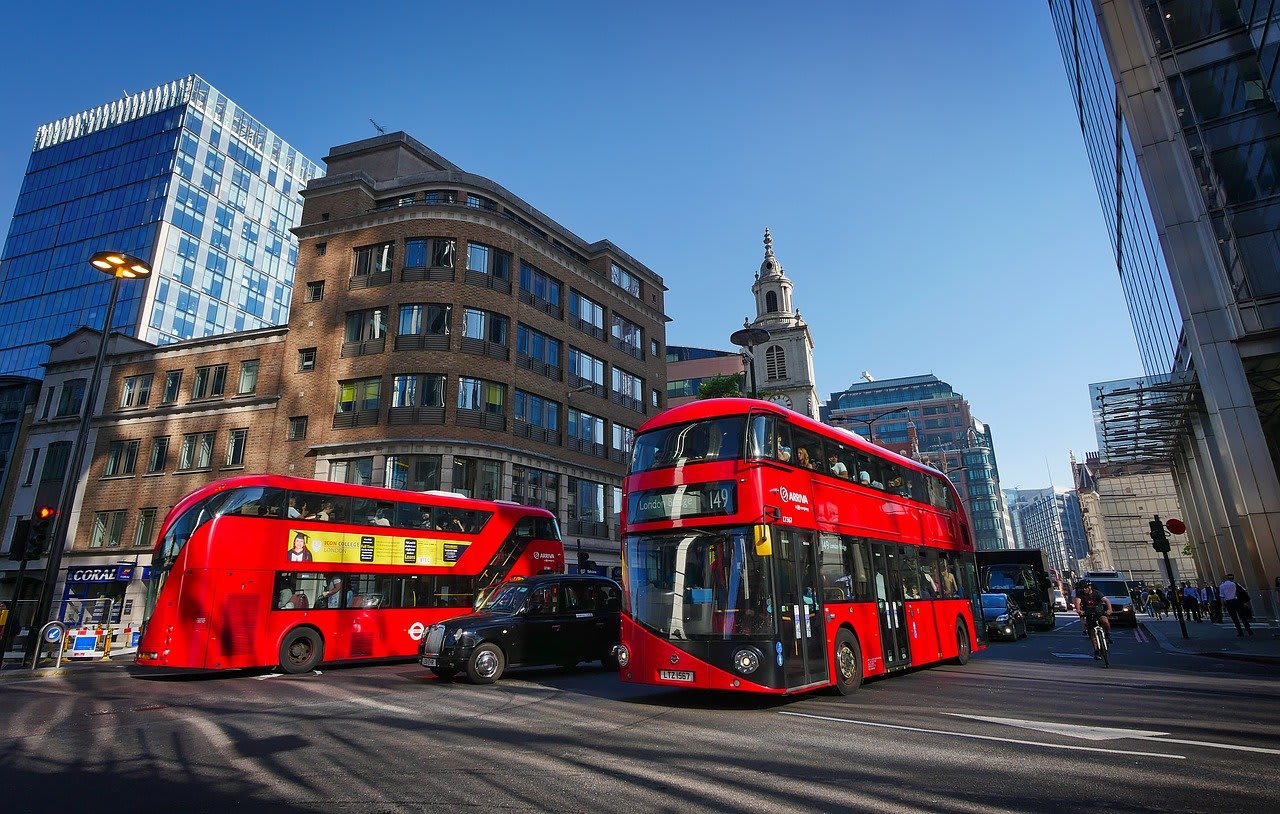To offer greater protection to pedestrians, cyclists and other vulnerable road users, Department for Transport has revealed the latest version of the Highway Code will feature a ‘hierarchy of road users’.
Errr, a what?
In layman’s terms, it means a pecking order with the most vulnerable at the top (think pedestrians followed by cyclists) and those considered the most dangerous such as cars and HGVs at the bottom:
Most Vulnerable / Least Dangerous
- Pedestrians
- Cyclists
- Horse riders
- Motorcyclists
- Cars/taxis
- Vans/minibuses
- Large passenger vehicles/heavy goods vehicles
Least Vulnerable / Most Dangerous

What does that mean for you?
As a car driver, you will now have a far greater responsibility to ensure you reduce the danger or threat you pose to vulnerable road users.
Some of the key changes include:
- At a junction you should give way to pedestrians crossing or waiting to cross a road into which or from which you are turning. Currently, you only had to give way if the pedestrian was already crossing.
- You should give way to pedestrians waiting to cross a zebra crossing, and pedestrians and cyclists waiting to cross a parallel crossing. Currently, the Highway Code only states: ‘Look out for pedestrians waiting to cross and be ready to slow down or stop’.
- Cyclists will have priority when travelling straight ahead at junctions. They will also be encouraged to ride in the middle of their lane to make themselves more visible under certain circumstances – such as when on a quiet road – but should move over towards the kerb if a faster moving vehicle is approaching from behind.
- Currently, a cyclist’s position in the road is not mentioned directly in the Highway Code but drivers have always assumed that cyclists should stay as near to the kerb as possible.
- It believed that the Dutch Reach method for opening car doors to protect cyclists will finally be introduced officially. This sees you parking up on the left hand side of the road before reaching across with your left hand to grab the door handle.
- The move instinctively makes you look at the side mirror and over your shoulder, meaning you’re more likely to spot a cyclist approaching before you open your door in their path. For full details, head here.
What do the experts think?
The announced changes have been welcomed by many. For instance:
“Hopefully, these changes will herald a change in attitude where the first question in any road safety conversation is how we reduce danger, not how people protect themselves from it.”
• Duncan Dollimore, Cycling UK
“Road users who have potential to cause the greatest harm should take the greatest share of responsibility to reduce the danger they pose. Whether we choose to also drive or cycle, we are all pedestrians. These proposed revisions will benefit us all.”
• Stephen Edwards, Living Streets
However, some organisations have concerns about the actual implementation of the new rules:
“A concerted effort must now be made to communicate the changes to drivers because … many do not read the Highway Code for long periods after passing their test. Ultimately, the aim should be to ensure that everyone using the roads understands the new rules because any confusion is likely to lead to avoidable collisions.”
• Nicholas Lyes, RAC
Moving forward
The new rules are likely to be approved this year before being introduced next year. Expect your driving instructor to give you the full rundown on their implications for both everyday driving as well as the ‘hierarchy of users’ concept when it is introduced into the theory and practical driving tests. As ever, we will keep you updated.
Always Know Your Code
 Double your chances of theory test success on the big day with Theory Test Pro. Sign up for free here.
Double your chances of theory test success on the big day with Theory Test Pro. Sign up for free here.
